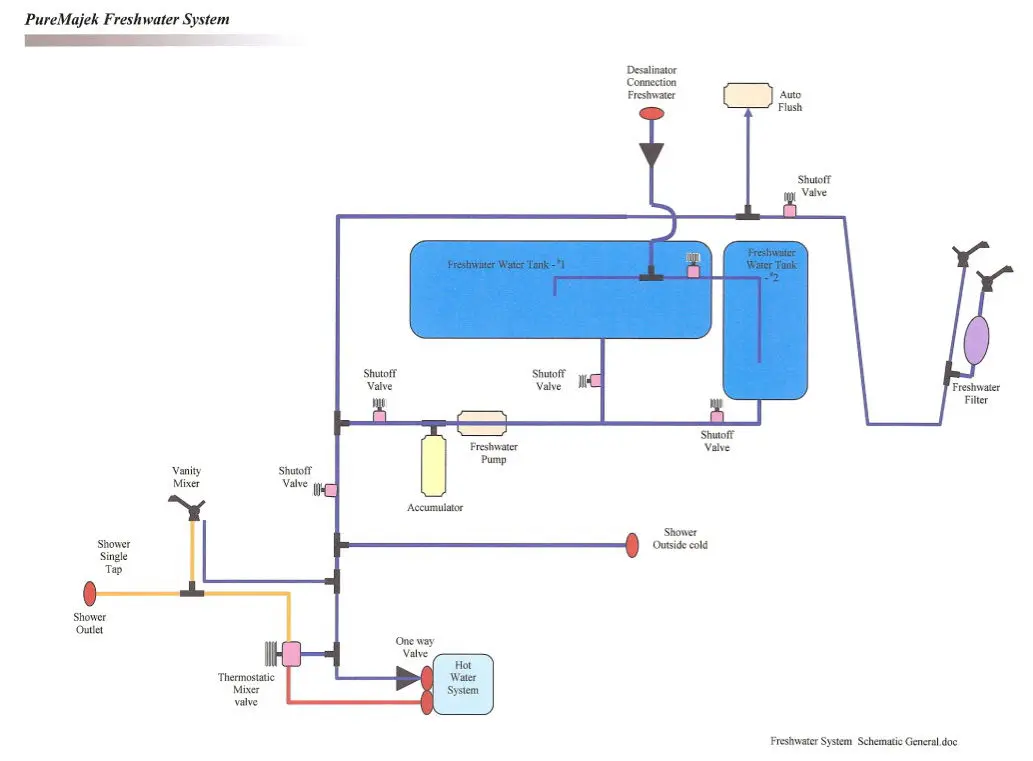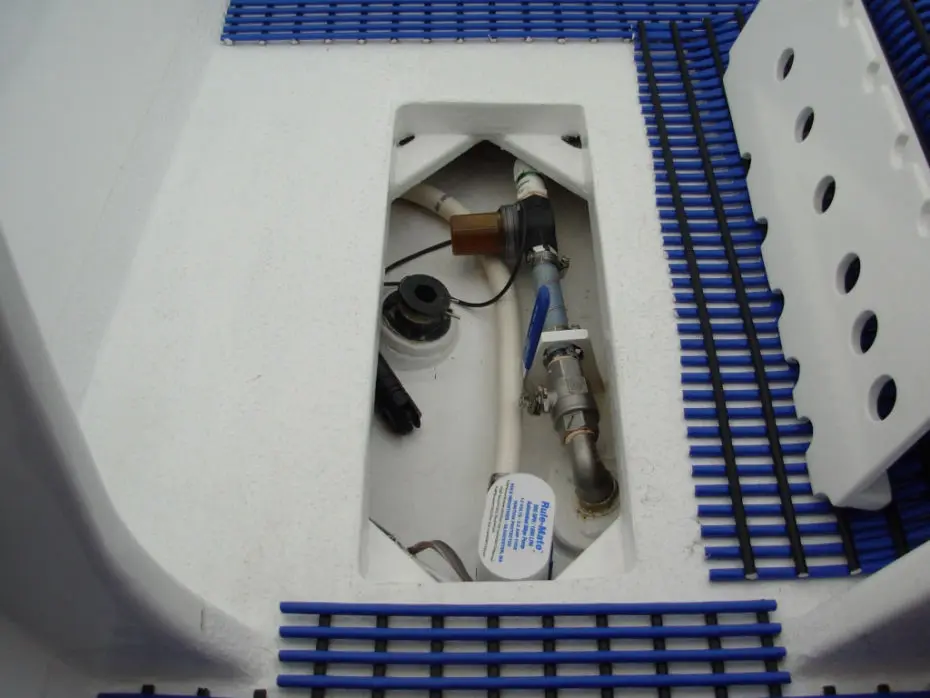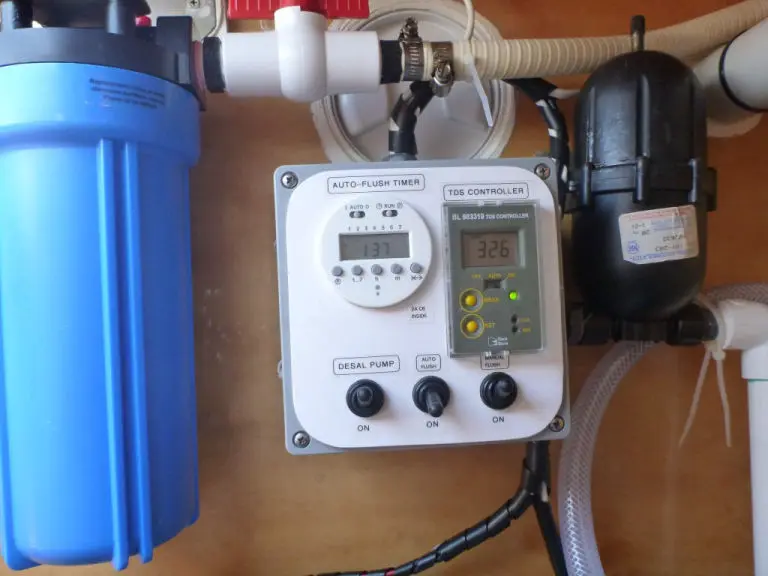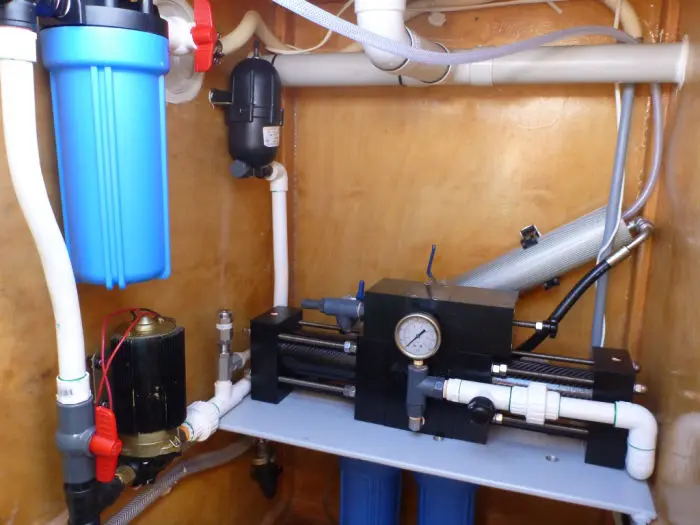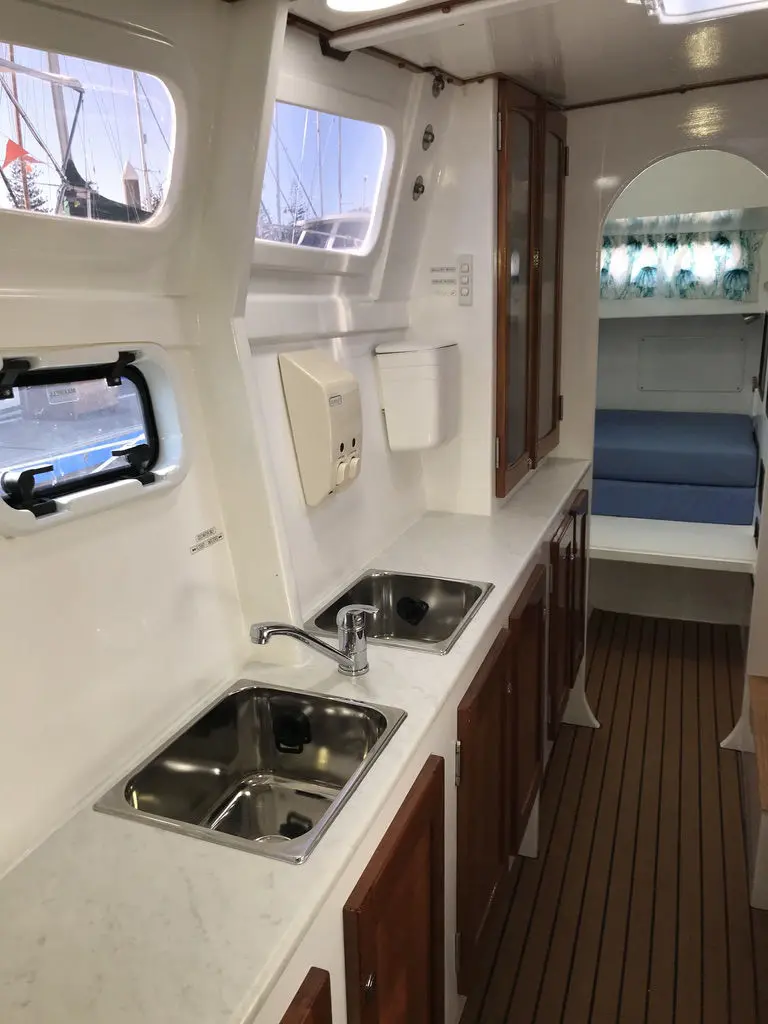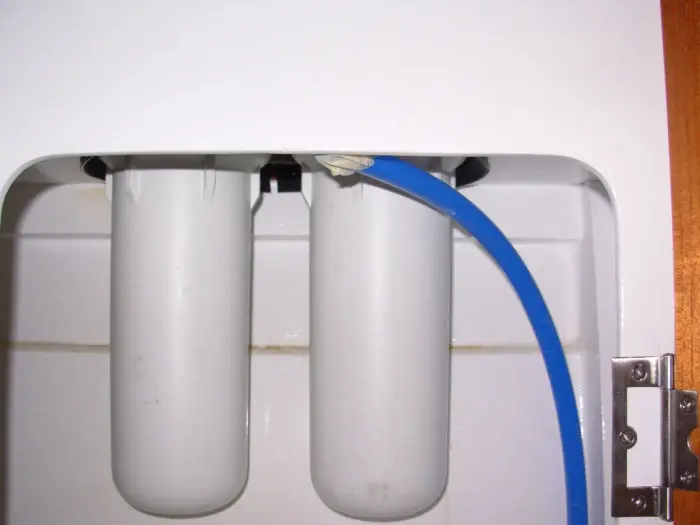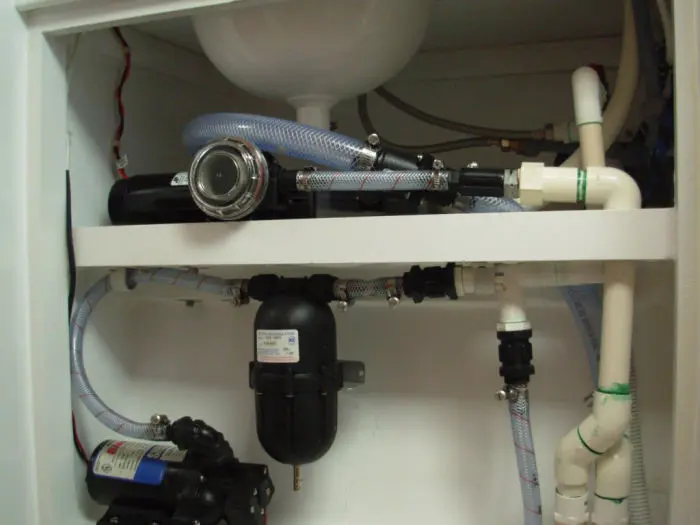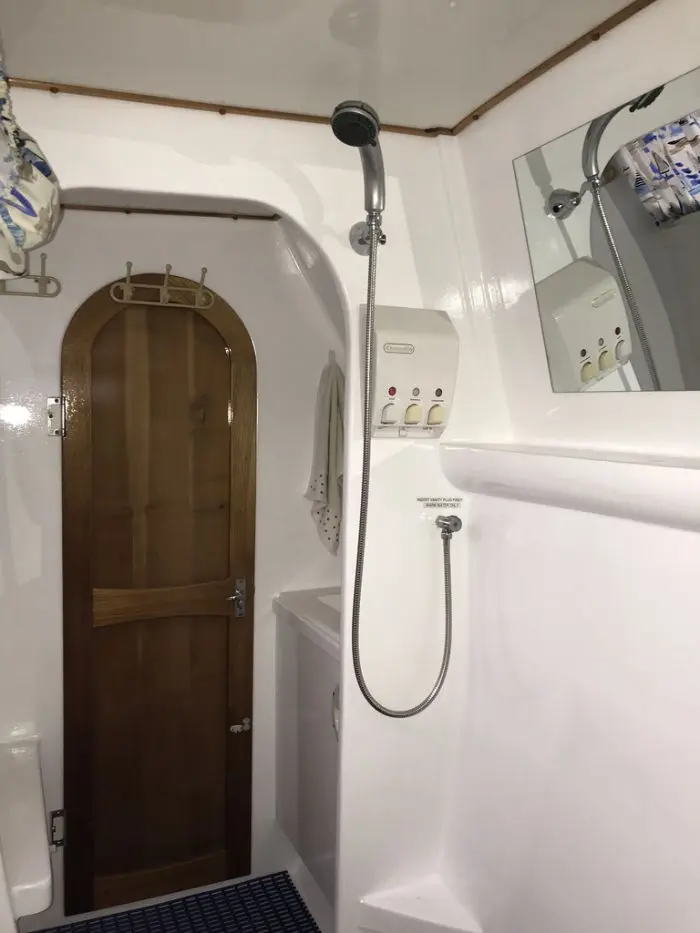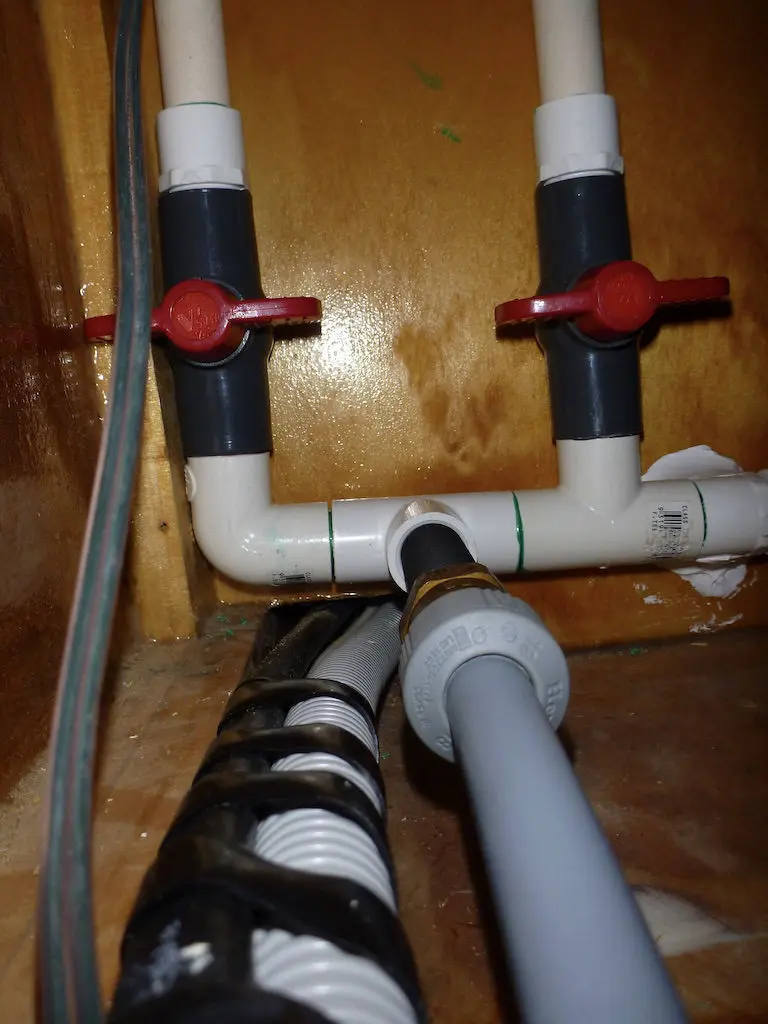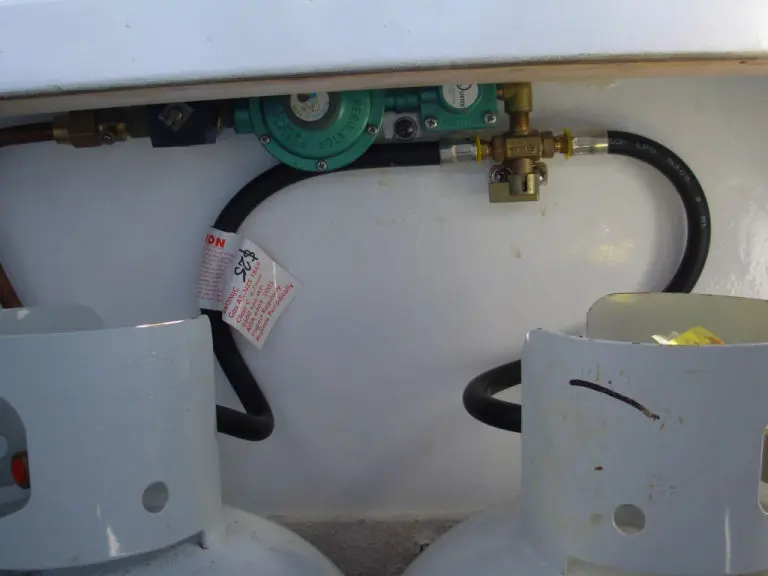boatbuilding: the head (toilet)
"Yacht toilet? Sani-Loo or holding tank?"
"Where do I start?"
The thoughts of smell, sewerage and blockages soon come to mind and no matter how many ideas you come up with to exclude one from maintaining "The Loo", the fact is that you are going to get your hands dirty some day.
The thoughts here were simple, get the widest base which in the long run will improve stability and securing to the floor when compared to the smaller bases and some of the stories floating around.
Secondly, get the whole lot automated. In today’s world, these systems have been well designed and improved on and are now very reliable.
For the extra few dollars, this also provides that little bit extra padding (so to speak) and keeps the law on our side.
In summary, waste is sent directly overboard, or via a selector to the holding tank.
We have chosen this way for:
- Simplistic installation,
- KISS (Keep it simple Sailor) right up our ally, and
- Compliance with the new State Sewerage Treatment Regulations.

